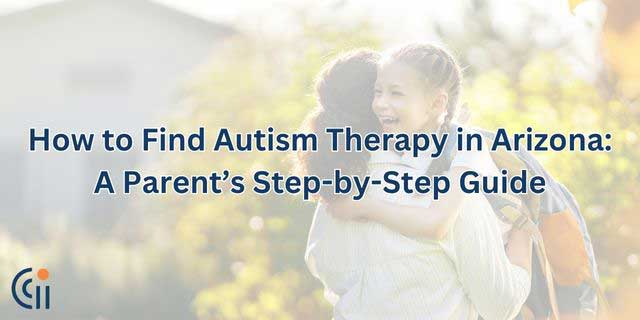At Circle City ABA, we understand that navigating the world of autism therapy can be overwhelming for families. Among the various options available, Group ABA Therapy stands out for its unique benefits. This blog post delves deeper into what Group ABA Therapy entails, its specific advantages, how we manage challenges, the role of parents and caregivers, and success stories from our programs.
What is Group ABA Therapy?
Group Applied Behavior Analysis (ABA) Therapy is an approach in which multiple children participate in sessions together under the guidance of trained ABA therapists. Unlike individual therapy, group sessions focus on developing social, communication, and cooperative skills within a dynamic, interactive environment.
Structure of Group Sessions:
- Therapist-to-Child Ratio: Typically, the therapist-to-child ratio is low to ensure each child receives adequate attention and support.
- Session Activities: Activities can include structured play, cooperative games, role-playing, and peer interaction exercises. These activities are designed to teach and reinforce specific skills in a group setting.
Benefits of Group ABA Therapy
Group ABA Therapy offers several unique benefits that can enhance a child’s developmental progress:
Enhanced Social Skills:
- Practical Interaction: Children learn to take turns, share, initiate conversations, and respond to peers in a controlled, supportive environment.
- Real-World Practice: These interactions mirror real-world social settings, making it easier for children to generalize these skills outside of therapy.
Peer Modeling:
- Observation and Imitation: Children can learn by observing their peers, which can be more effective than one-on-one instruction.
- Case Studies: For example, a child who struggles with initiating play may learn from watching another child successfully do so.
Naturalistic Learning:
- Realistic Environment: Group settings provide a more naturalistic learning environment compared to individual sessions.
- Skill Transfer: Skills learned in this context are more likely to transfer to other settings like school or playdates.
Improved Communication Skills:
- Interactive Learning: Group interactions encourage the use of verbal and non-verbal communication, enhancing overall communication abilities.
Increased Motivation:
- Dynamic Sessions: The interactive nature of group therapy can be more engaging and motivating for children compared to one-on-one sessions.
Addressing Challenges in Group ABA Therapy
While Group ABA Therapy offers numerous benefits, it also presents certain challenges that need to be managed effectively:
Individual Differences:
- Personalized Attention: Therapists are skilled at managing the varying needs and abilities of children within a group.
- Tailored Strategies: Each child’s intervention plan is customized to ensure they receive the support they need while participating in group activities.
Behavior Management:
- Positive Environment: Therapists use positive reinforcement and other behavior management techniques to maintain a structured and supportive environment.
- Techniques: Strategies like visual schedules, clear expectations, and consistent routines help manage challenging behaviors.
Role of Parents and Caregivers
Parents and caregivers play a crucial role in supporting their child’s progress in Group ABA Therapy:
Support at Home:
- Reinforcing Skills: Parents can reinforce skills learned in therapy by incorporating similar activities and routines at home.
- Consistency: Maintaining consistency between therapy and home environments can enhance skill retention and generalization.
Communication with Therapists:
- Regular Updates: Open communication with therapists helps track progress, address concerns, and adjust intervention plans as needed.
- Involvement: Parents are encouraged to be actively involved in therapy sessions when possible to better understand the strategies used and how to apply them at home.
Additional Resources and Next Steps
For families interested in exploring Group ABA Therapy, Circle City ABA provides a wealth of resources and support:
Further Reading:
- Articles and Books: We recommend reading materials such as “The Verbal Behavior Approach: How to Teach Children with Autism and Related Disorders” by Mary Lynch Barbera, which offers insights into ABA strategies.
- Online Resources: Websites like Autism Speaks, and the Autism Society provide additional information on ABA therapy and autism support.
Getting Started with Circle City ABA:
- Consultation: Schedule a consultation with our experienced team to discuss your child’s specific needs and how Group ABA Therapy can help.
- Intake Process: Our intake process is designed to assess your child’s current skills and challenges, allowing us to create a tailored intervention plan.
- First Sessions: During the initial sessions, therapists will work closely with your child to build rapport and introduce them to the group setting in a comfortable and supportive manner.
At Circle City ABA, we are dedicated to helping children with autism thrive through personalized, evidence-based interventions. Group ABA Therapy is just one of the many ways we support families on their journey. Contact us today to learn more about our services and how we can assist your family.


